Twenty-five years ago, at about 9:30 pm in the evening of June 25, 1996, a huge explosion rocked the barracks for the United States Air Force 4404 Provisional Wing in Khobar, Saudi Arabia. The blast from a truck bomb was so massive it was felt in Bahrain 20 miles away. Nineteen American airmen were killed and 498 people were wounded, most of them Saudis and foreign guest workers in nearby buildings next to the parking lot where the bomb exploded.
The terrorist attack on the Khobar Towers was the bloodiest attack on America between the Beirut Marine barracks disaster in 1983 and September 11, 2001. Its legacy still haunts Washington’s relations with Iran. I watched the drama up close.
I was in Jerusalem that evening traveling with Secretary of State Warren Christopher as the representative of the Secretary of Defense William Perry. The next morning we flew directly to Dhahran Airfield to see the site and meet with the survivors. En route I was told that I should stay in Dhahran when Christopher departed and prepare for a visit by Perry in a week or so. My luggage was in the hold, it left without me.
The bomb scene was horrific. The external walls of the barracks had been blown out so you could see the devastation within. An enormous crater marked where the bomb had exploded. The nearby Saudi community was also decimated.
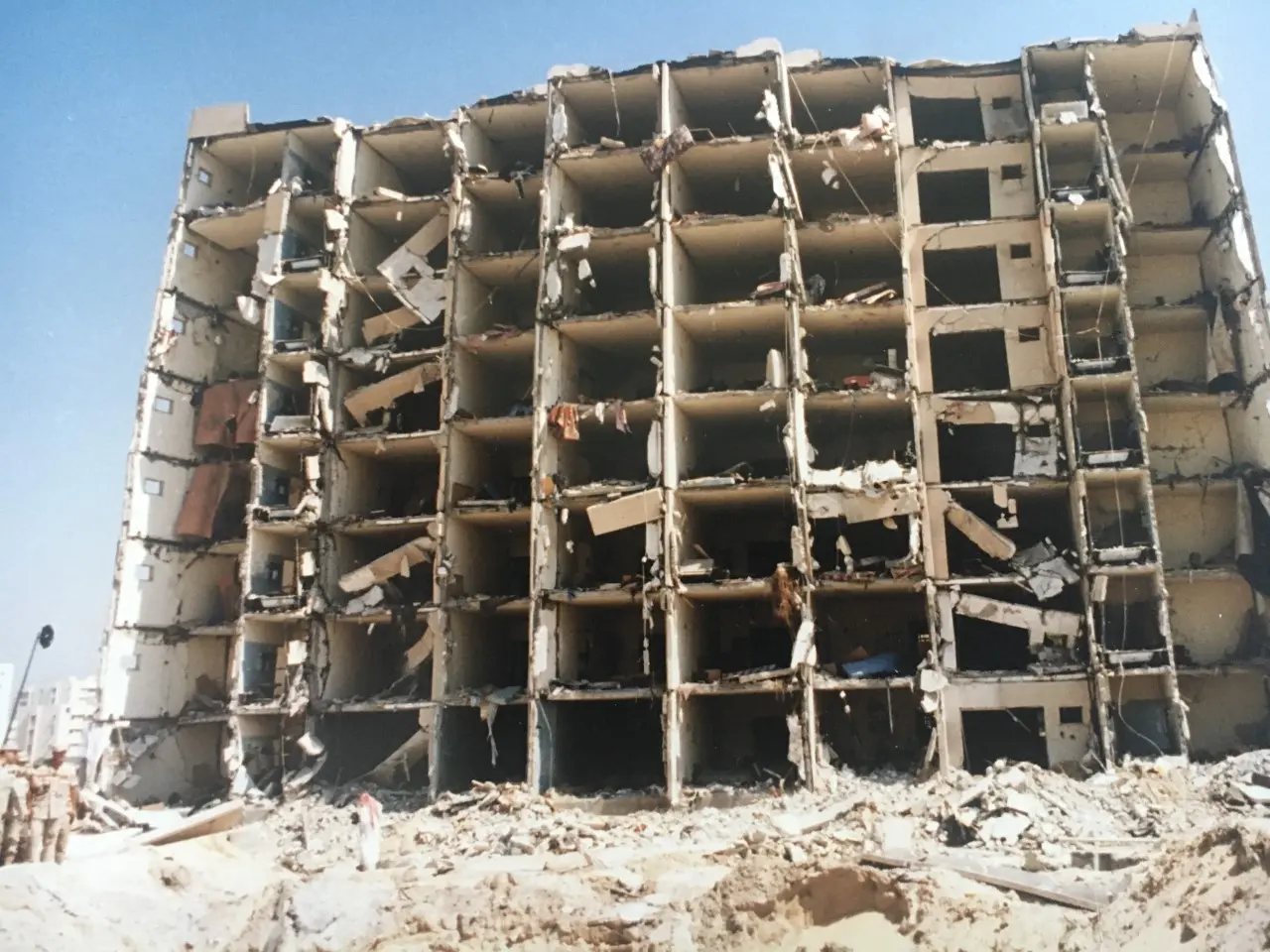
As the deputy assistant secretary of defense for the Near East and South Asia I was the most senior civilian Defense Department official in Saudi Arabia. The Air Force assigned to me a control officer as usual. She was a lieutenant who had been wounded in the attack. In our first meeting she was still bleeding a little.
I meet with the Saudi ambassador to the United States who had been home in Riyadh when the attack occurred and rushed to Dhahran immediately. Prince Bandar bin Sultan bin Abdulaziz was an old friend; we had worked closely together after the Iraqi invasion of Kuwait in August 1990 and the Gulf War in 1991. Bandar was careful not to state unequivocally that Iran was behind the attack but he certainly pointed in that direction.
We learned later that the Saudis had considerable information on the bombers that they were not sharing. The Saudis knew of the existence of a Iranian-backed Saudi Shia terrorist organization which had been smuggling explosives into the Dhahran area.
The plot was hatched two years earlier at the Sayyihdah Zaynab Mosque in Damascus, Syria, by three parties: Iranian intelligence, Lebanese Hezbollah, and a collection of Saudi Shia terrorist groups under various names including Hezbollah in the Hejaz. The mosque is the tomb of Zaynab, the daughter of the Prophet Muhammad’s daughter Fatima and his nephew Ali. It is a very holy site for Shia pilgrims to visit. In the 1990s it was a stronghold of the Iranian Islamic Revolutionary Guard Corps (IRGC) in Damascus. When I visited the mosque in 1988 it was full of widows and orphans of Guards killed in the Iran-Iraq war.
The Iranians role has rightly gotten the most attention but Lebanese Hezbollah was the key to the bombing. It provided the bomb maker who put the explosives together in the truck. He has never been identified. The leader of the Saudi Shia collaborators, Ahmed Mughassil, was captured by the Saudis in Beirut in 2015.
Once Secretary Perry arrived, toured the bomb site, and met with the Air Force commanders on the scene, the next step was to find a new location to operate from, with better security. The Khobar Towers were in the middle of an urban area. Minister of Defense and Aviation Prince Sultan bin Abdulaziz (Bandar’s father) suggested a base south of Riyadh named after him and isolated deep in the desert.
Perry and I inspected the then empty base and agreed to move there. Within months the American, British, and French aircraft and crews were transferred from Khobar to Prince Sultan Air Base where they had miles of empty space in every direction.
Back in Washington, the Clinton administration was uncomfortable with the evidence of Iran’s role. The Saudis were reluctant to share what they knew because they assumed Clinton would order a retaliation against Iran if he was certain that Tehran was responsible. That could bring war between the U.S. and Iran with Saudi Arabia in the middle, a nightmare scenario for the kingdom.
Clinton did authorize a secret response to the Iranians. Around the world, CIA officers approached Iranian intelligence and IRGC operatives working undercover as diplomats and threatened to expose them publicly. The operatives would then have to tell their bosses back home that their cover was blown and go back to Iran. The sting forced dozens of Iranian militants to lose their positions abroad, disrupting their operations significantly. It was far more devastating for Iran than an air strike would have been, without the risks of starting an open-ended war with no viable endgame and unexpected consequences.
Three years later as the evidence of Iran’s culpability mounted, Clinton sent a letter to Iran’s new President Mohammad Khatami calling on the reformist leader to bring those IRGC officials responsible for Khobar to justice or extradite them to Saudi Arabia. As the president’s special assistant for Near East and South Asia Affairs, I was tasked to deliver it by giving the letter to Sultan Qaboos of Oman, a country with good relations with both America and Iran.
Accompanied by Assistant Secretary of State for Near Eastern Affairs Martin Indyk, I met with Sultan Qaboos at his chateau outside Paris. As we expected, the Iranians denied any involvement in the bombing. It was a useful message to the Iranians that we were watching them closely. However, the letter had the unintended effect of intensifying the already tense relationship between Khatami and the hardliners in the Iranian government.
Just last year a court ordered Iran to pay $879 million in damages to the victims of Khobar. The issue will not just go away.
Back at the barracks in 1996, I was hosted by the consulate in Dhahran and shared a necktie with the chargé d’affaires. After five days of standing down, the Air Force held a ceremony to remember the fallen. Then at high noon, two F-15s hurled down the runway and gently lifted into the sky. The base was back enforcing the southern no-fly zone over Iraq. The temperature on the field was over 120 degrees Fahrenheit. I have never been prouder of our men and women in uniform.
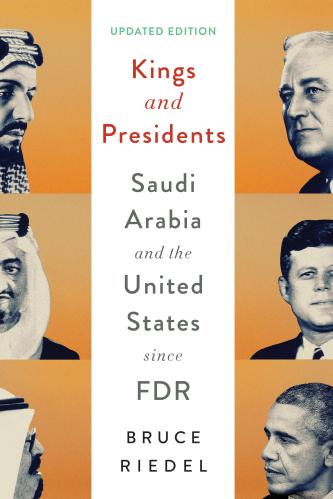
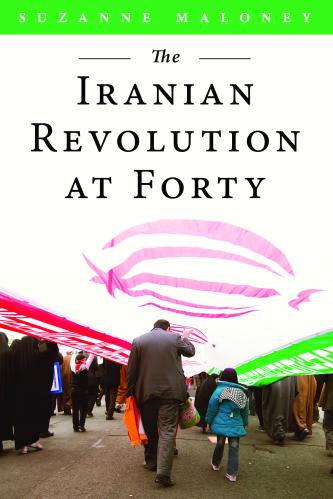
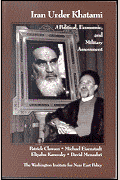
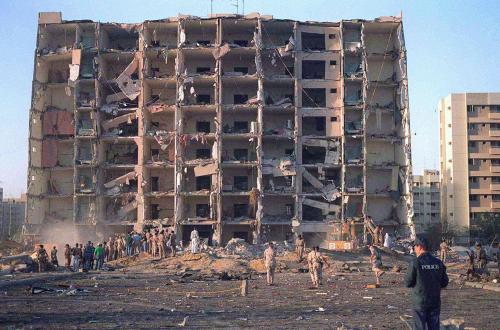
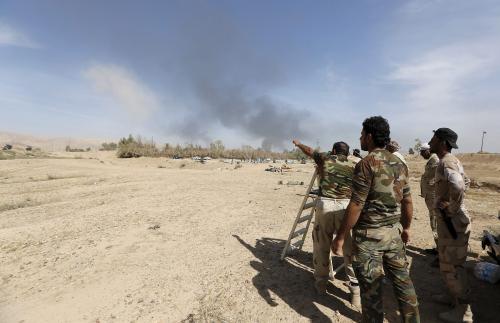
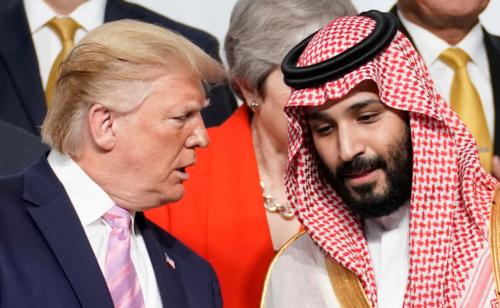
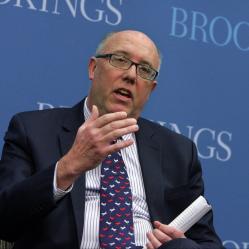



Commentary
Remembering the Khobar Towers bombing
June 21, 2021